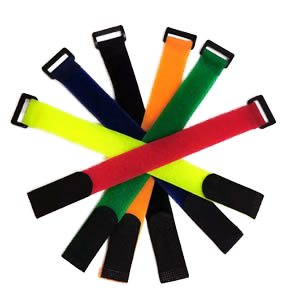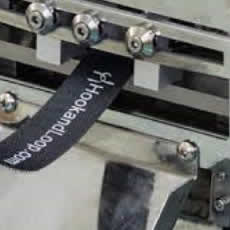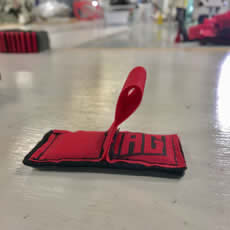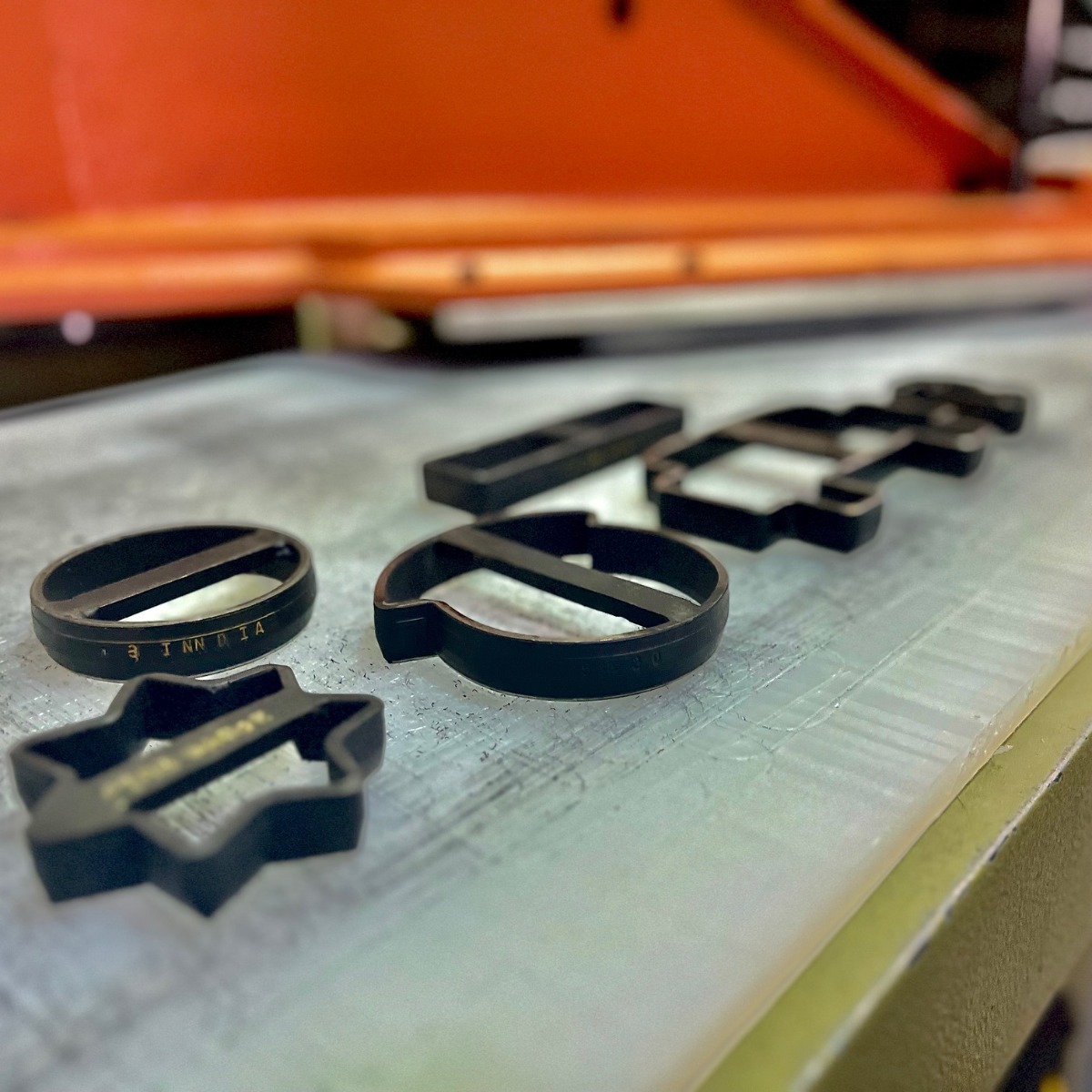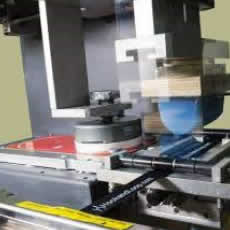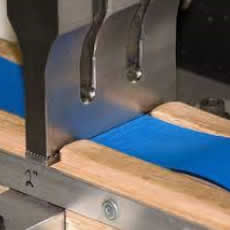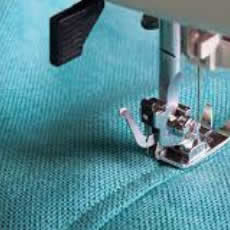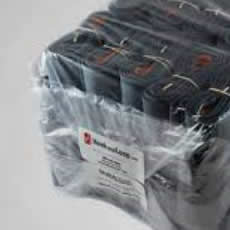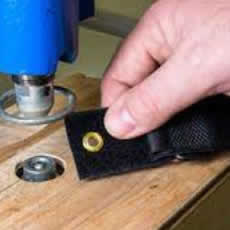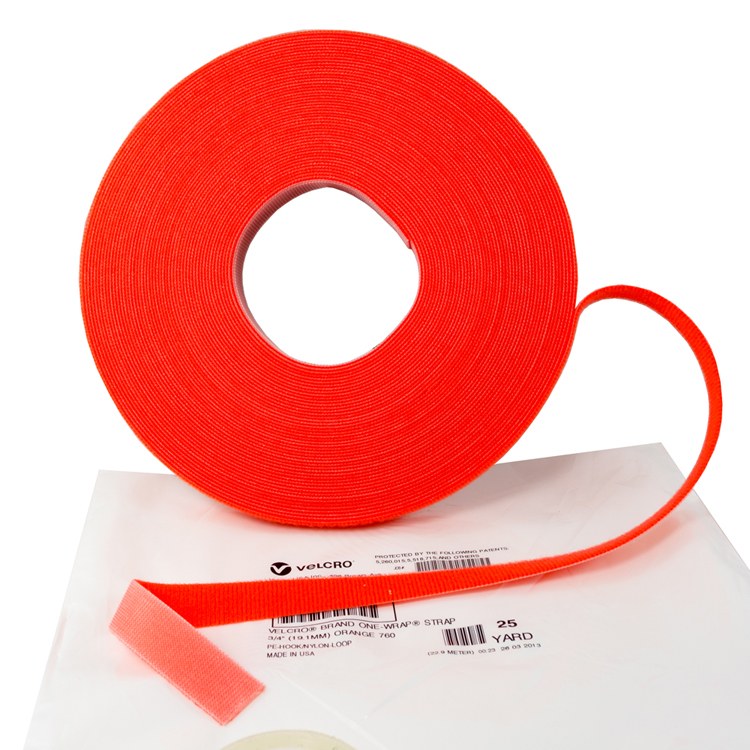Hook and loop fasteners are one of the most versatile methods of joining objects. The hook side of the fastener has a strong affinity for the fuzzy loop side. Unfortunately, that affinity also attracts a range of items. Over time, the hooks can collect lint, string, hair and other unsightly debris. A dirty hook and loop can make an otherwise clean item look old and tired.
Additionally, all the fuzz that collects on the hooks can reduce the bond strength of the fastener. Cosmetic issues aside, it is worth paying attention to the cleanliness of the hook and loop on sports equipment or other items that rely on securing fastening to perform properly.
How Do You Clean Velcro in Just 5 Easy Steps?
Fortunately, cleaning VELCRO® Brand fasteners and hook and loop is not a difficult task. With a little patience, you can return your hook and loop to good-as-new condition. Just follow these best ways to clean Velcro for long lasting use:
-
Remove Loose Debris with Your Hands
If you only need to clean a few small hook and loop dots, it may be easier to pick the lint and fuzz from the hooks with your hands. However, this method is time consuming. If you have large hook and loop strips or hook and loop sheets that need cleaning, a variety of common household items can help speed-up the job and can act as VELCRO® Brand cleaning tools.
-
Use a Fine-Tooth Comb or a Tape Dispenser Edge
The best technique for cleaning large sections of hook and loop is to comb the debris out from the hooks. There are many objects suitable for combing hook and loop including pins, needles, staples, hairbrushes etc. However, one unlikely object is particularly well suited for the task. The serrated metal strip on a tape dispenser is the perfect size for combing through the rows of hooks.
Whichever tool you choose to help with combing, the cleaning technique is straightforward. Pull the comb through the hooks in a direction parallel to the hook rows. This should remove most of the fuzz. Remove the remaining fuzz by combing the hooks at 90 degrees to the original combing direction. At this point, you now have a hand full of fuzz and clean hooks.
-
Remove the Remaining Lint with a Toothbrush or Hairbrush
If any debris remains, a toothbrush or hairbrush can help loosen and lift it out of the hooks. Brush in different directions to catch all the trapped particles.
-
Wash the Hook and Loop
While the combing method does a great job of taking care of the visual mess, it does little to address overall cleanliness. Remove oils, dirt or other mess not addressed by combing by washing the fasteners. Hook and loop is machine washable, but there are some points to consider:
-
Make sure the object the hook and loop is attached to can withstand machine washing. There is no point in cleaning VELCRO® fasteners only to ruin the item. Check any care instructions on the label. If in doubt, try finding online care tips for the specific item.
-
Assuming the item is machine washable, pay attention to what else is in the load. The hard hook material likes to stick to a variety of materials. You just invested time in combing the hooks; you do not want it filling up with fuzz during the wash.
-
The hooks can damage certain fabrics. For these reasons, it is best to wash items with hook and loop fasteners by themselves. To protect the fabric, secure the hook to the loop before washing. This will minimize contact between the hooks and other fabric during the wash cycle.
-
-
Let It Air Dry
After washing, let the hook and loop air dry completely. Avoid using heat, as it can weaken the nylon hooks and reduce the fastening strength.
How to Get Lint Out of Velcro
If lint and fuzz are stuck in the hooks, try these methods to remove them effectively:
- Use a lint roller – A lint roller works well for lifting loose lint from the surface.
- Try a piece of duct tape – Press the sticky side of the tape onto the hooks and pull it away to remove trapped lint.
- Use tweezers – For stubborn debris, use tweezers to pick out individual pieces of lint.
- Brush with a toothbrush – A toothbrush can help dislodge lint trapped in deeper areas.
- Compressed air – A blast of compressed air can help blow out fine lint particles from hard-to-reach spots.
There you have it; how to clean hook and loop. With a bit of effort, you can restore the look and performance of your hook and loops fasteners.
Additional FAQs:
Q. How to fix the fuzzy side of Velcro?
A. If the loop side is worn out, try brushing it with a stiff brush to lift the fibers back up. If it's too worn, you may need to replace it.
Q. How do you clean Velcro so it will stick again?
A. Remove lint and fuzz using a comb or tape dispenser edge, wash it gently, and let it air dry.
Q. How to get hair and fuzz out of Velcro?
A. Use a lint roller, tweezers, or a fine-tooth comb to remove embedded debris.
Q. Can Velcro be washed and dried?
A. Yes, Velcro is machine washable, but secure the hooks and loops together first to prevent damage. Avoid high heat when drying.
Q. How to clean VELCRO® straps?
A. Use a toothbrush or fine comb to remove debris, then wash the Velcro® straps by hand or machine (if safe), and air dry them completely.
Q. How to get fuzz out of VELCRO®?
A. Use a fine-tooth comb, tape edge, or tweezers to dislodge fuzz from the hook surface. Brushing at different angles helps too.
Q. Can you rejuvenate VELCRO®?
A. Yes, clean both sides, brush up the loop fibres with a stiff brush, and secure the hook to loop when not in use to preserve grip.
Q. What is the easiest cleaning hack for VELCRO®?
A. Try using the serrated edge of a tape dispenser—it perfectly combs out fuzz in one sweep and is safer than sharp tools.


